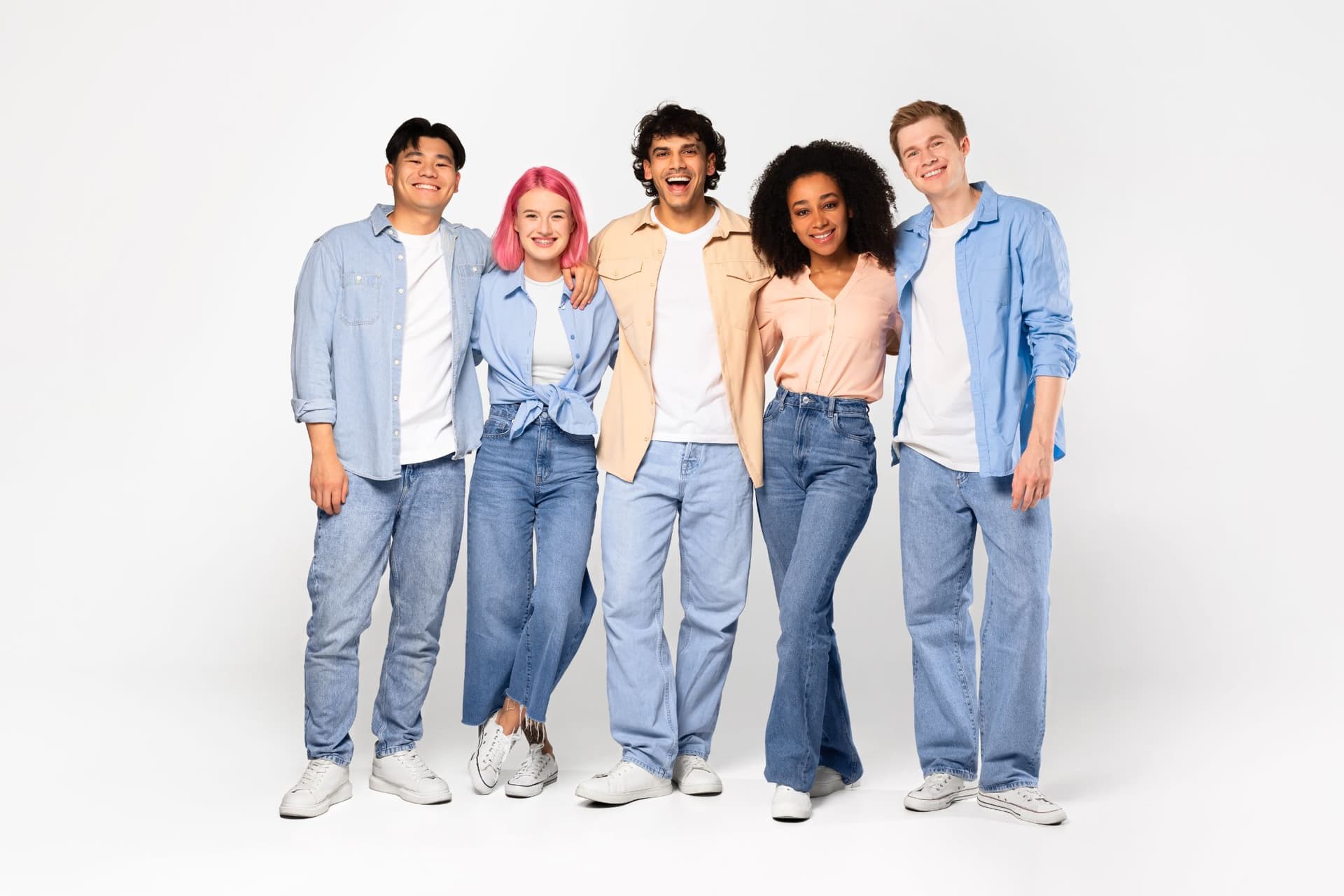Loading...
13 August 2024

Casual wear, once a term synonymous with comfort and simplicity, has undergone a remarkable transformation over the decades. What started as a relaxed approach to dressing, often reserved for weekends or informal occasions, has now become a dominant force in the fashion industry. The evolution of casual wear reflects broader cultural and societal changes, influenced by shifts in work culture, technology, and lifestyle. In this blog, we will explore how casual wear has evolved, from its early roots to the multifaceted styles we see today, and how it has redefined the way we dress for everyday life.
The Early Days Comfort Over Style
In the early 20th century, casual wear was a concept that barely existed. The rigid dress codes of the time dictated that men and women alike wore formal clothing in almost every setting. Suits, dresses, and tailored garments were the norm, with little room for anything less structured. However, the 1920s began to see a subtle shift. The introduction of sportswear, particularly for men, marked the first step towards more relaxed attire. Women, too, started to embrace simpler dresses, influenced by the rising popularity of leisure activities.
The Rise of Denim and T-Shirts
The 1950s saw the rise of denim jeans and T-shirts as staples of casual wear, largely thanks to their association with youth culture and rebellion. Icons like James Dean and Marlon Brando popularised these garments, making them symbols of a new, laid-back attitude. This era also marked the beginning of the casual wear industry's rapid growth, as brands like Levi's and Hanes capitalised on the demand for comfortable yet stylish clothing.
The 1970s and 80s witnessed further evolution in casual wear, driven by the countercultural movements of the time. The hippie movement embraced loose, flowing garments made from natural materials, while the disco era introduced flashy, colourful outfits that blurred the lines between casual and formal. This period also saw the emergence of sportswear as a fashion statement, with tracksuits and sneakers becoming mainstream.
The 1990s Grunge and Minimalism
The 1990s brought yet another shift in casual wear, with the grunge movement leading the way. Oversized flannel shirts, ripped jeans, and combat boots became the uniform of a generation, challenging the polished aesthetics of the previous decade. Simultaneously, minimalism gained traction, with brands like Gap and Uniqlo offering simple, functional clothing that emphasised comfort and versatility. This decade cemented casual wear's place in the fashion world, as it became acceptable in a wider range of settings, including the workplace.
The 21st Century Athleisure and Beyond
As we entered the 21st century, casual wear continued to evolve, influenced by advancements in technology and changes in lifestyle. The rise of remote work, the gig economy, and a growing emphasis on health and wellness gave birth to the athleisure trend. Clothing that could seamlessly transition from the gym to the office became highly sought after, with brands like Lululemon and Nike leading the charge. Today, casual wear encompasses a vast array of styles, from streetwear to sustainable fashion, reflecting the diverse needs and preferences of modern consumers.
The journey of casual wear from its humble beginnings to its current status as a fashion powerhouse is a testament to the dynamic nature of style. What was once merely functional attire has now become a canvas for self-expression, innovation, and even luxury. As our lives continue to change, so too will the concept of casual wear, adapting to new trends, technologies, and cultural shifts. Whether it's through the lens of comfort, style, or sustainability, casual wear will undoubtedly remain a defining element of fashion for years to come.